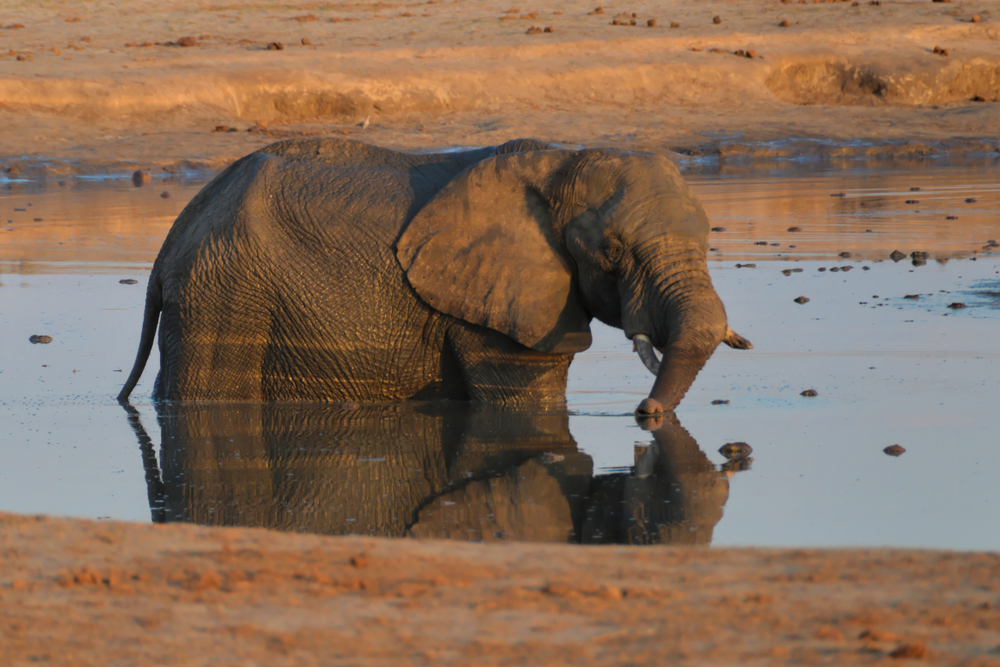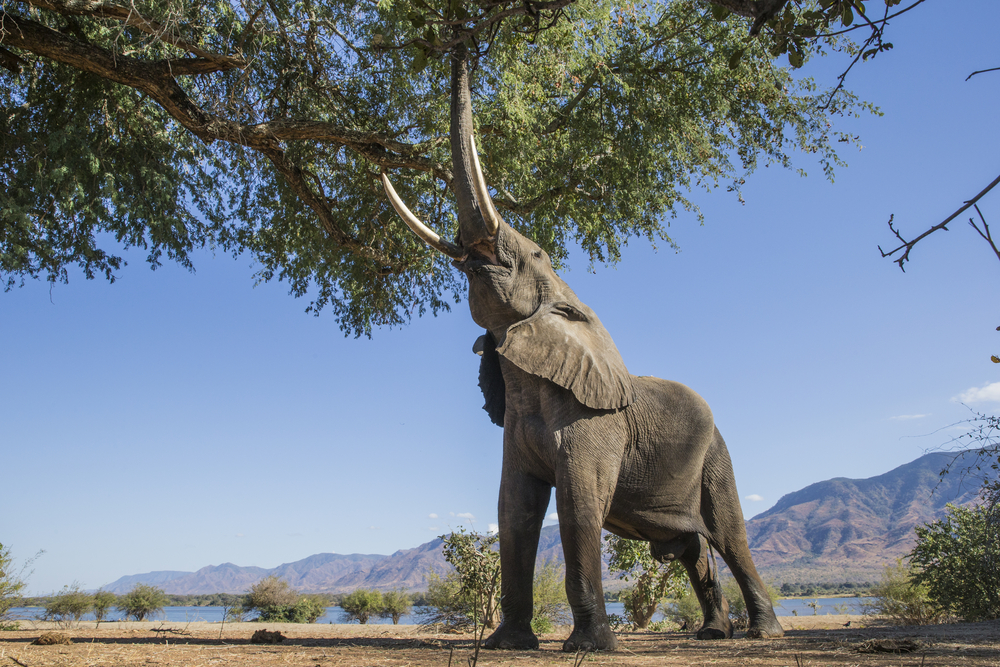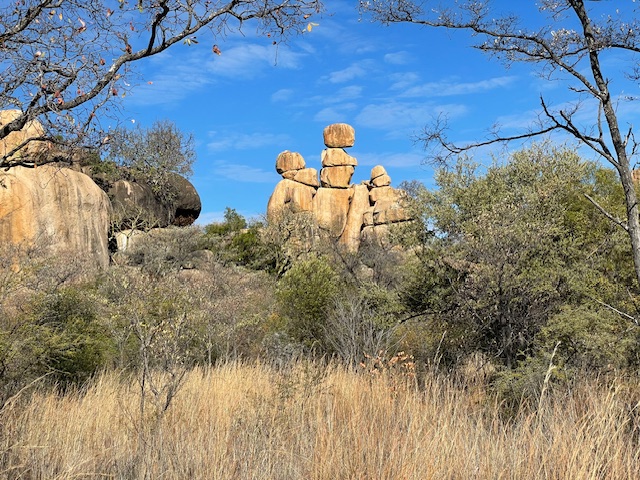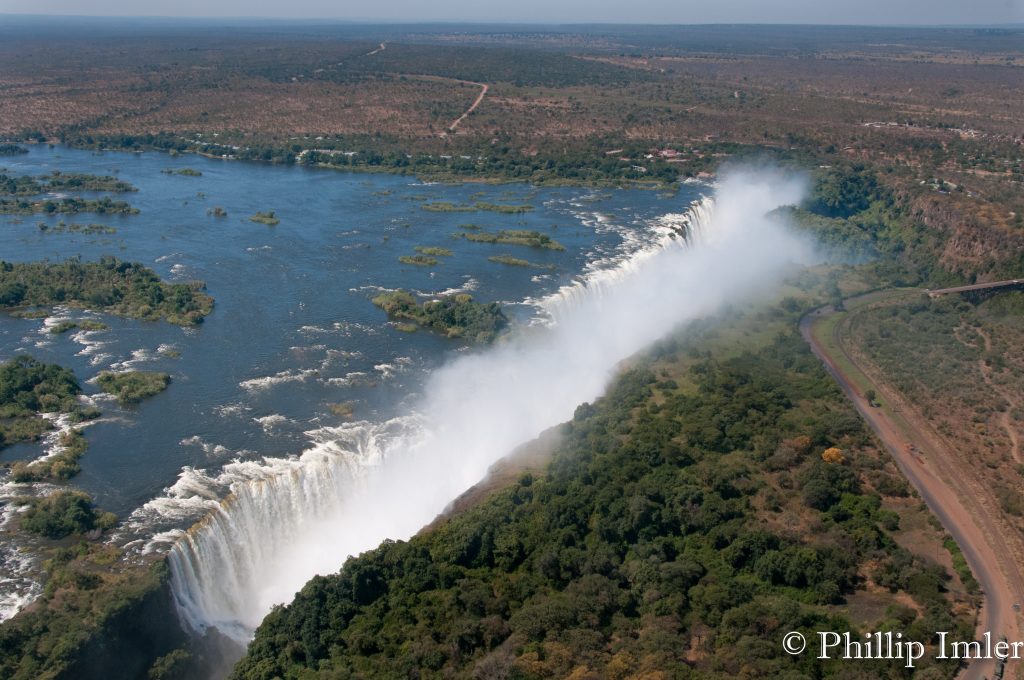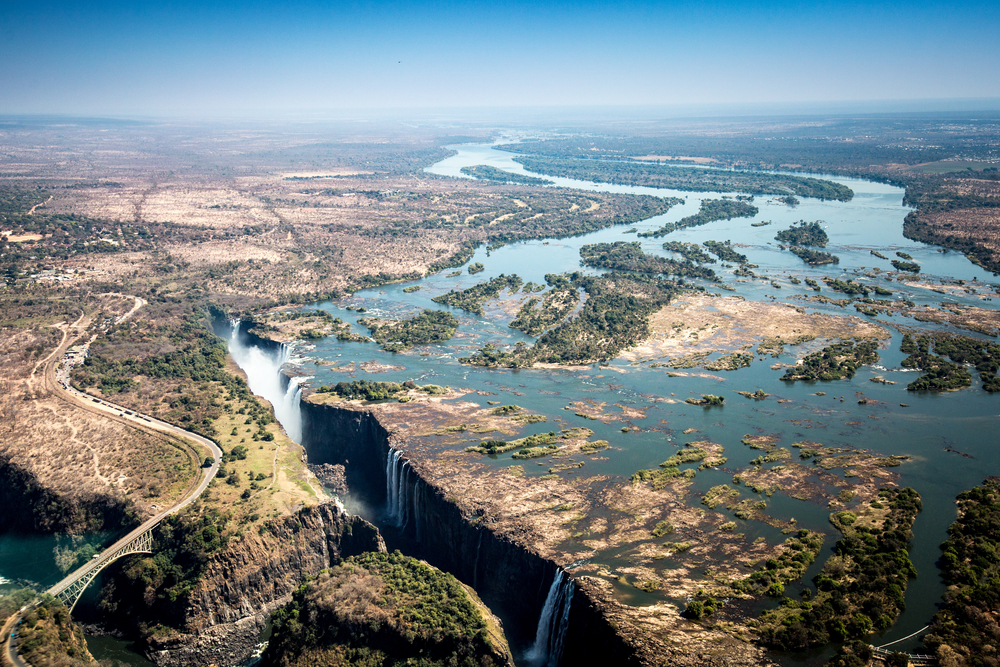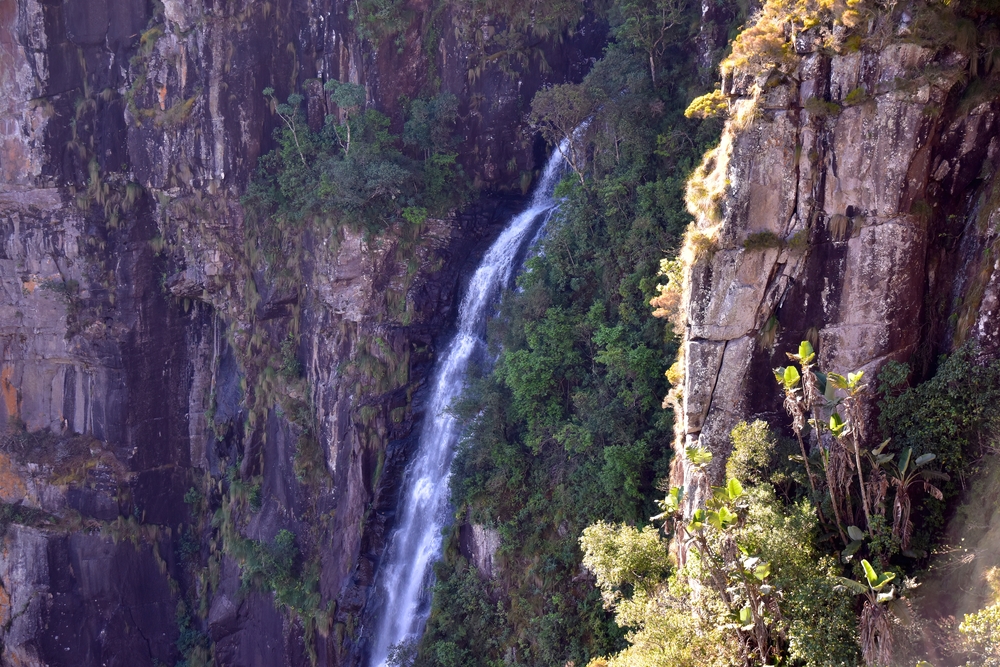Kazuma Pan Overview
Kazuma Pan National Park, known locally as “Paki yeKazuma Pan,” is a remote and serene wilderness located in the Matabeleland North province of Zimbabwe. Established in 1949, the park spans approximately 313 square kilometers (121 square miles) and lies near the borders of Botswana and Zambia, creating a crucial wildlife corridor in southern Africa. It forms part of the Kavango-Zambezi Transfrontier Conservation Area (KAZA), the largest transboundary conservation area in the world.
Kazuma Pan is characterized by its vast open plains, dotted with seasonal pans that fill with water during the rainy season, transforming the area into a magnet for wildlife. While the park does not feature prominent mountains or waterfalls, its unspoiled landscapes of grasslands and scattered woodlands provide a tranquil haven for animals and visitors alike. The park is a hidden gem, offering a unique and intimate safari experience away from the crowds of more popular destinations.
The park is renowned for its impressive array of wildlife, particularly during the dry season when animals congregate around the pans for water. Elephants, buffalo, and various antelope species, including eland and sable, are commonly seen. Predators such as lions, leopards, and spotted hyenas roam the plains, while cheetahs occasionally make appearances. The pans also attract numerous bird species, making it a paradise for birdwatchers, with sightings of kori bustards, secretary birds, and various storks and raptors.
Kazuma Pan National Park plays a vital role in regional conservation efforts. It serves as an important migration route for wildlife traveling between Hwange National Park in Zimbabwe and Chobe National Park in Botswana. Conservation initiatives in the park focus on habitat preservation, anti-poaching measures, and fostering cross-border collaboration to maintain ecological connectivity. As part of the KAZA initiative, the park benefits from joint conservation strategies aimed at preserving biodiversity across national boundaries.
Visitors to Kazuma Pan National Park can enjoy guided game drives and walking safaris, which provide opportunities to explore the park’s diverse ecosystems. The park’s open plains are ideal for photography, especially during sunrise and sunset when the golden light bathes the landscape. While the park offers limited infrastructure compared to larger reserves, this adds to its charm as a destination for those seeking an off-the-beaten-path adventure. Basic camping facilities allow visitors to immerse themselves in the park’s pristine wilderness.
Kazuma Pan National Park is a testament to Zimbabwe’s commitment to preserving its natural heritage. Its role as a critical wildlife corridor, combined with its quiet beauty and abundant fauna, makes it a hidden treasure for eco-tourists and nature enthusiasts. For those seeking solitude and an authentic African safari experience, Kazuma Pan is a destination well worth exploring.








































































